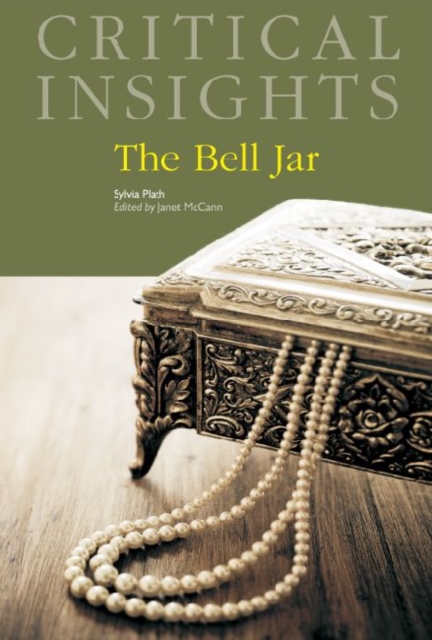
Hardback
Description
The Bell Jar has always been troubling reading, because its main character Esther Greenwood is so fully identified with Sylvia Plath herself.
Attempts to separate them critically have not been successful.
The novel is often thought of as somewhere between autobiography and fiction.
But however it is labeled, The Bell Jar gets inside the mind of a brilliant young woman who cannot accept the constraints placed on her by her time.
Whether or not we superimpose Sylvia Plath's own biographical ending on the optimistic ending of the novel, the interior landscape she describes remains startling, precise, and unforgettable—as does the world outside her. When The Bell Jar first came out it was thought of, and spoken of, a woman's version of J.
D. Salinger's The Catcher in the Rye. For many current-day readers, it has superceded Catcher in importance, because the surrounding society is represented more superficially in Catcher. This volume consists of essays about The Bell Jar, older ones and new ones.
The older ones present a smorgasbord of perspectives and also show how the novel has been viewed over time, from its first publication in 1963 until the second decade of the new millennium.
Also selected are essays college students and their instructors could share, and which might also be helpful to those reading The Bell Jar on their own, not for an assignment. A quick browse of the Internet shows how many groups of Plath followers of all kinds are eager for any new take on her.
The Bell Jar itself has the virtue of being perfectly clear, at least superficially, but it opens all kinds of questions.
It has strong appeal for scholars of the fifties, feminists, psychology buffs, older women who have experienced the time she describes, those undergoing psychological turmoil, Bildungsroman addicts, poets, and uncounted other groups and individuals.
The older essays provide some of the finest scholarship on The Bell Jar that has been made available over the years, and offer a wide variety of critical approaches to this work. The essays, new and old, have some common directions: they are focused on how the time period affected Plath and hence her fictional counterpart Esther Greenwood; they are also focused on Esther's internal struggle and how they were dealt with by Esther and by others. Several essays locate Esther in her time-in Cold War rhetoric; in the world of Mademoiselle Magazine and its expectations; in the intrusive images of domesticity that could not be evaded.
They explore the novel in terms of body criticism and sexual ambivalence.
They also examine every element of mental health, treatments, and fads or customs in attitudes toward mental illness.
They do not so much dissect Esther Greenwood as underscore the forces tearing at her against which she was trying to hold firm. All of the essays written specifically for this volume are by women who are poets as well as scholars; they look at this work through a different lens.
The new essays each take a specific angle from which to examine The Bell Jar.
The editor's essay gives an overview of the issue of "nature vs. nurture" in Esther's developing unease and depression. Another describes the formative events in the life of the creator of The Bell Jar and traces some of the major themes which obsessed her not only in the novel but in the poems. "Interruptions in a Patriarchal World: Sylvia Plath's The Bell Jar and "Girl, Interrupted" show noteworthy similarities and differences between these two accounts of a young woman's mental breakdown and recovery, separated by thirty years in the writing but only fifteen years in the events described.
The analysis shows how each woman was torn apart by her circumstances but then healed, coincidentally, by the same doctor in the same institution. Essays discuss how the novel reflected the time in which it was written and on the critical reception of the novel.
There is discussion of how Plath defined her creative life by looking at her writing process, her reading, her inspirations, and her thoughts about the writing life. Overall, this volume shows how Sylvia Plath as a person and as a writer continues to get into our heads in the new century, and how the novel that was originally hailed as the female counterpart to The Catcher in the Rye continues to hold its place among recent and current representations of adolescent upheaval and anxiety.
The Bell Jar becomes something new for each generation that engages with it.
It is the novel of a poet coming into her own, after all, and of all the obstacles and hardships she encounters in her attempts simply to be herself, to speak as herself.
Information
-
Item not Available
- Format:Hardback
- Pages:360 pages
- Publisher:Salem Press Inc
- Publication Date:30/09/2011
- Category:
- ISBN:9781587658365
Information
-
Item not Available
- Format:Hardback
- Pages:360 pages
- Publisher:Salem Press Inc
- Publication Date:30/09/2011
- Category:
- ISBN:9781587658365









